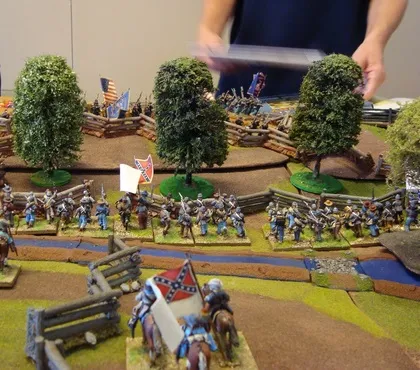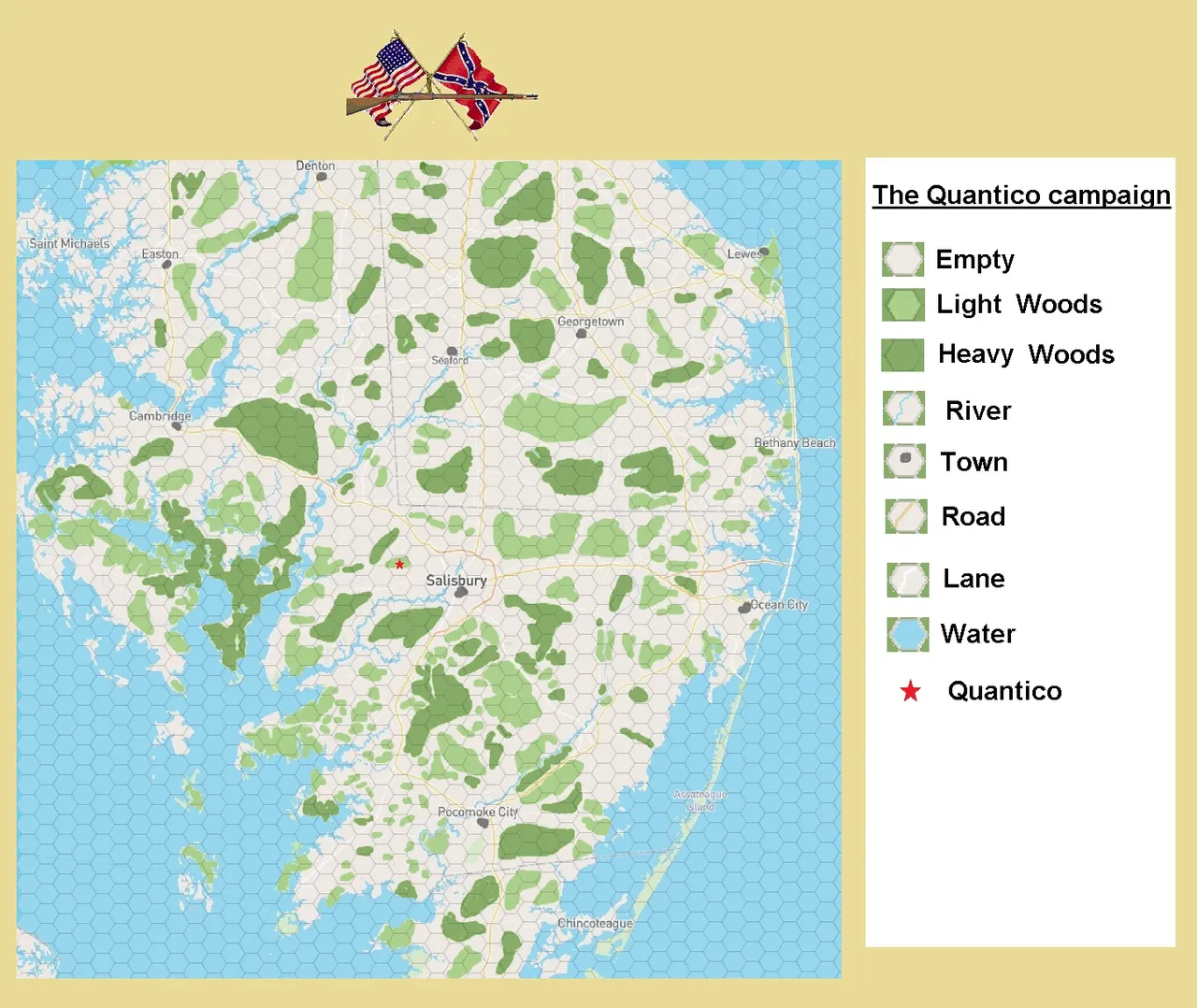War gaming is considered to be at least a 2 person participation hobby, (or many more) and this gives a very false impression for those that don't know, or have never been involved with, the hobby.
90% of my wargaming (who am I kidding ? - 99%) has been solo war gaming.
I was fortunate to be introduced to the hobby, through a really cool dude who was a few years older than me at the time. (I was 12/13, he was doing his exams for university).

After that, and I had tasted the bug (hey, I live in Asia now, tasting bugs is not unusual!), I reached out to other wargamers , and went to a local wagaming club a couple of times.
I really didn't get on with any of them. They were just so....so...so...nerdy!
Get three nerds in a room, with a vast knowledge on a very specialized subject, and you will have three nerds in a room, throwing the most minuscule globs of pedantry at each other for hours on end.
It wasn't my thing, let's just say. At 14/15 years old - I felt older than those nearing retirement age...
So - what to do?
Read. And then read some more.
I came across a book by Donald featherstone . Solo wargaming.(a pioneer in the tabletop hobby from the 1970's)
While I actually didn't like the book too much - it did spark the possibility of wargaming by myself. And so I did.
I don't even think of war gaming with other people (if you could ever actually find anyone).
'But how can you play a game with no opponent?', is the most common question that I've been asked (at least 2 times in 30 years.)
This tells you the level of interest in war gaming, and not an indication of my lack of social interaction for three decades.
And that is a crying shame - for you will never find a hobby that leads you more to a lifetime of education, and discovery far outside military history...
I digress....
back to solo wargaming...

Making rules to build in some aspect of randomness is fairly simple, and reflects the parameters of choice within any giver war game or period of play.
It really is quite simple, using just a little imagination.
I'll show you some simple examples in my campaign map of how 'the random', as I go along, and how it can work to make a very good solo war game.
....and then on the battlefield ( i.e. the tabletop), of course...
I'm currently a few moves into -' The Quanitco campaign', and yet to make contact , so I i will post the whole campaign , map moves and tabletop battles, as well as a narrative, and some insight into how it all actually works, and the logic used to try and create realistic battles that are unique to the American Civil War.
When you start out war gaming you tend to set up battles, fight them, and then pack your soldiers away again - but as you 'progress' in the hobby, people tend to gravitate to making individual battles as part of a bigger narrative.
A campaign.
These can be from a small action of several linked battles, to a whole war!
(Donald Featherstone, who I told you about earlier, refought - solo - the whole of the WW2 Russian front campaign, over a several year time period!).
Here is my campaign map for 'The Quantico campaign'...

I'll post later with more details of the armies, and the definitions of the map and how it all effect's play.
I'll show you how the mechanics of running a map campaign work (until the two forces meet), and then how it transposed onto the tabletop, to then fight it out....